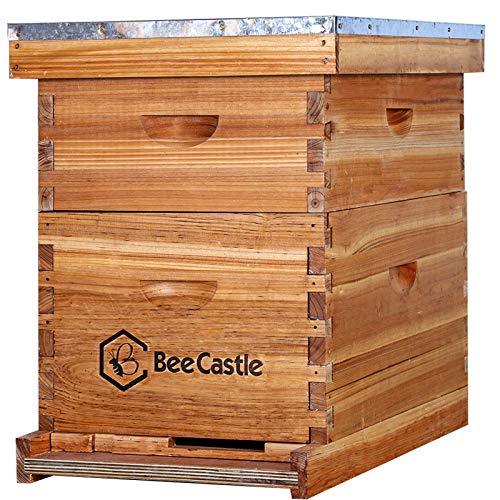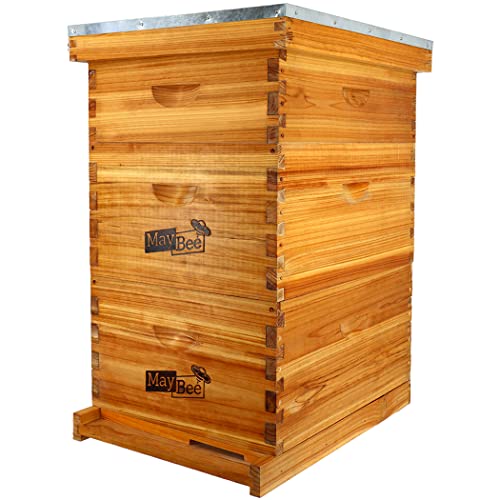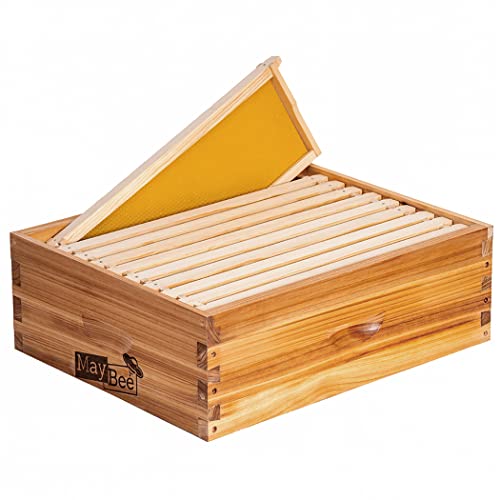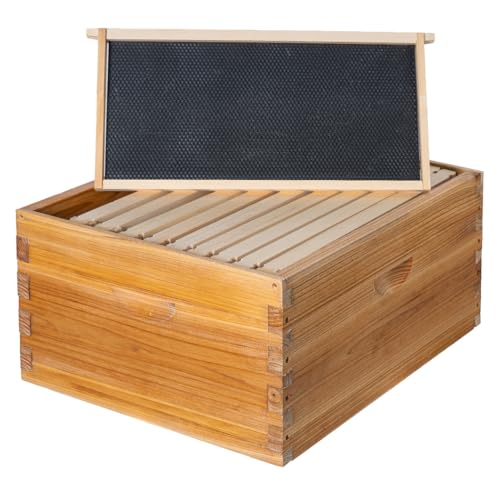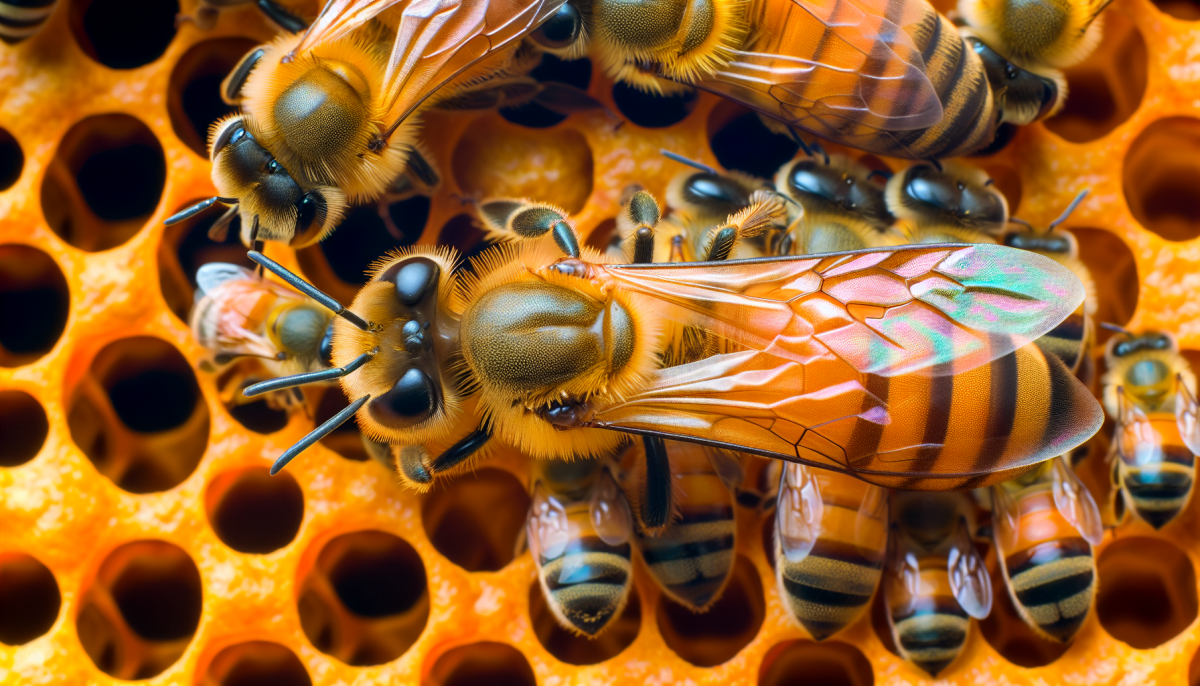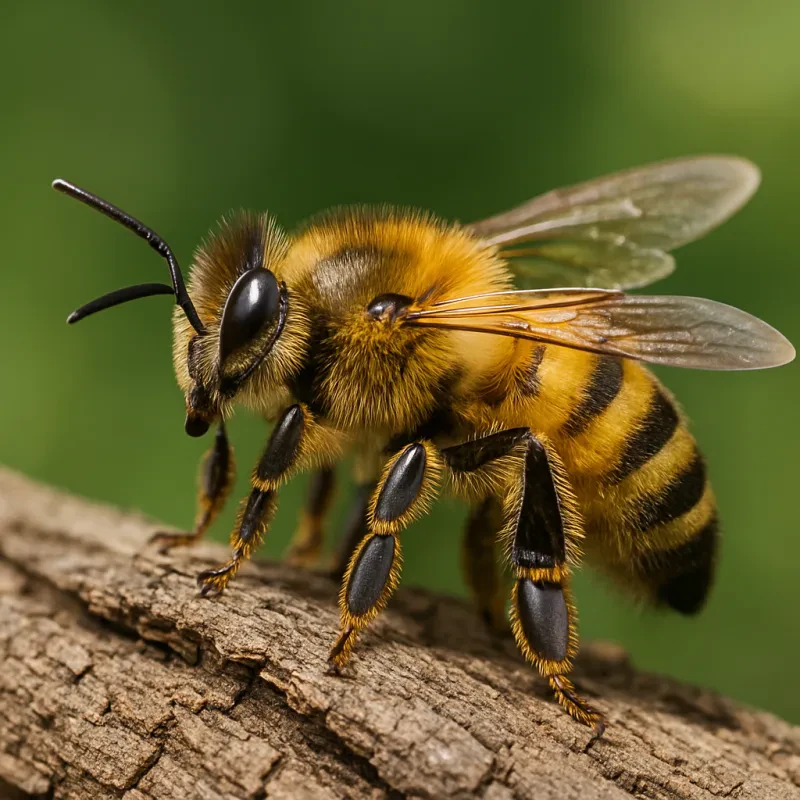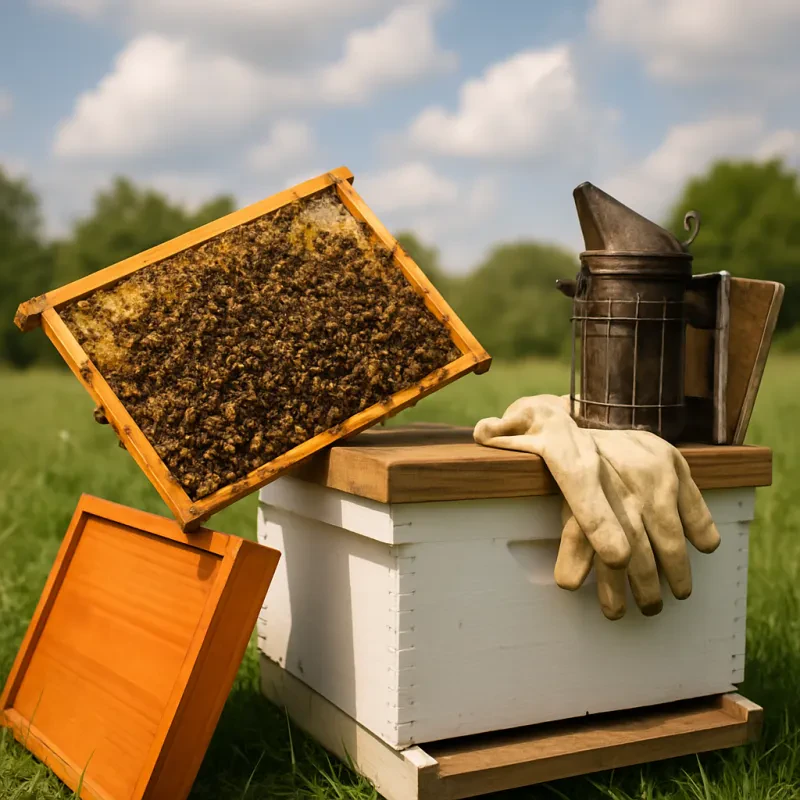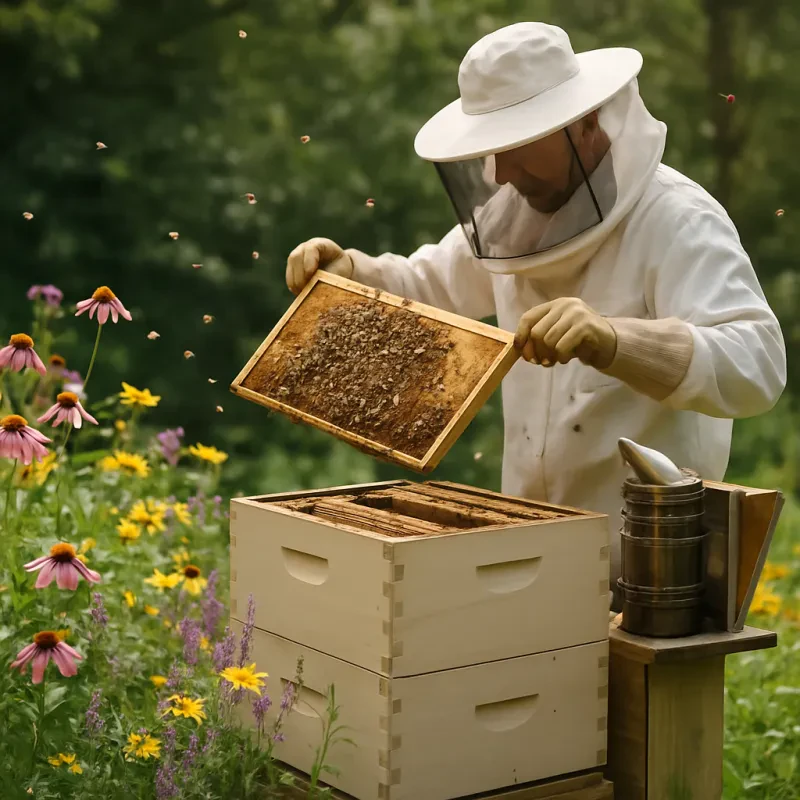In the intricate world of the beehive, the queen honey bee stands as the epitome of royalty and functionality. Revered for her vital role in colony dynamics, the queen bee possesses distinctive features that set her apart from her industrious subjects. Delving into the enigmatic world of these monarchs, we unravel the captivating traits and essential functions of the queen honey bee.
Exploring the Appearance of a Queen Honey Bee:
At the heart of every thriving honey bee colony lies the queen bee, distinguishable by her majestic appearance. Unlike her worker counterparts, the queen bee boasts a larger and more elongated body, measuring around 20mm in length, significantly surpassing the average worker bee's size. Her elongated abdomen is a hallmark feature, containing a greater number of reproductive organs necessary for egg-laying.
The queen's coloration differs from that of worker bees, typically showcasing a sleek and glistening abdomen, often adorned with distinctive bands of gold or amber hues. These colors contribute to her regal aura, aiding in her recognition and admiration within the hive.
Furthermore, upon close inspection, the queen bee's wings are shorter in proportion to her body compared to those of worker bees. This adaptation facilitates her movement within the hive and during the mating flight, ensuring efficient navigation and reproductive success.
Morphological Adaptations:
Beyond her size and coloration, the queen bee exhibits several morphological adaptations that facilitate her reproductive prowess and dominance within the hive. One of the most notable adaptations is her specialized reproductive anatomy, including the presence of a spermatheca—a small organ located within her abdomen that stores sperm received during mating flights. This unique anatomical feature enables the queen bee to fertilize eggs at her discretion, ensuring the continued propagation of the colony even in the absence of mating opportunities.
Additionally, the queen bee possesses a modified sting apparatus compared to her worker counterparts. While worker bees have barbed stingers that are designed to remain embedded in the skin of intruders, causing their eventual demise upon stinging, the queen bee's stinger is smooth and retractable. This adaptation allows her to sting multiple times without sacrificing her life—an invaluable asset in defending the hive against threats.
Lifespan and Longevity:
Another remarkable aspect of the queen bee's physiology is her extended lifespan compared to other members of the colony. While worker bees typically live for several weeks to a few months, the queen bee can survive for several years under optimal conditions. This prolonged lifespan ensures her continued presence and reproductive output, thereby sustaining the colony's vitality over successive generations.
Nutritional Requirements:
To support her demanding role as the colony's primary egg-layer, the queen bee requires a specialized diet rich in proteins and nutrients. Unlike worker bees, which primarily consume nectar and pollen, the queen bee relies on a diet consisting predominantly of royal jelly—a nutritious secretion produced by the hypopharyngeal glands of young worker bees. Royal jelly not only sustains the queen's physiological needs but also plays a crucial role in stimulating her reproductive capacity and maintaining her overall health.
Behavioral Characteristics of Queen Bee:
In addition to her physical attributes, the queen bee exhibits distinct behavioral characteristics that further underscore her significance within the hive. Unlike worker bees, which engage in a myriad of tasks ranging from foraging to nest maintenance, the queen bee's primary focus remains centered on egg-laying and reproductive activities. Her pheromones, emitted through specialized glands located on her abdomen, exert a powerful influence on the behavior and physiology of her subjects, coordinating their efforts and ensuring the colony's cohesion.
Understanding the Functions of a Queen Honey Bee:
Beyond her striking appearance, the queen honey bee fulfills an array of indispensable functions vital for the colony's survival and prosperity.
1. Egg Laying:
Foremost among her responsibilities is the prolific laying of eggs, a task she performs with unparalleled efficiency. Within the confines of the hive, the queen can lay up to 2,000 eggs per day during peak seasons, thus sustaining the colony's population and ensuring its continuity.
2. Pheromone Production:
Another critical role of the queen bee lies in the secretion of pheromones, chemical signals that regulate various aspects of colony behavior and cohesion. Through her pheromones, the queen communicates her presence, fertility status, and overall health, exerting a profound influence on the hive's social dynamics.
3. Colony Stability:
As the sole fertile female in the colony, the queen bee serves as a linchpin of stability, fostering unity and organization among her subjects. Her presence instills a sense of purpose and cohesion, mitigating conflicts and promoting collective efforts towards the hive's objectives.
4. Mating and Reproduction:
During her nuptial flight, the queen bee embarks on a singular journey to mate with several drones, ensuring genetic diversity within the colony. Once fertilized, she returns to the hive to commence her lifelong commitment to egg-laying, perpetuating the colony's genetic lineage.
In the intricate tapestry of the honey bee colony, the queen bee reigns supreme, embodying the essence of leadership, fertility, and resilience. From her distinctive appearance to her multifaceted functions, the queen bee stands as a testament to the marvels of nature's design. As stewards of our ecosystem, let us continue to marvel at and safeguard the invaluable contributions of these regal monarchs.
